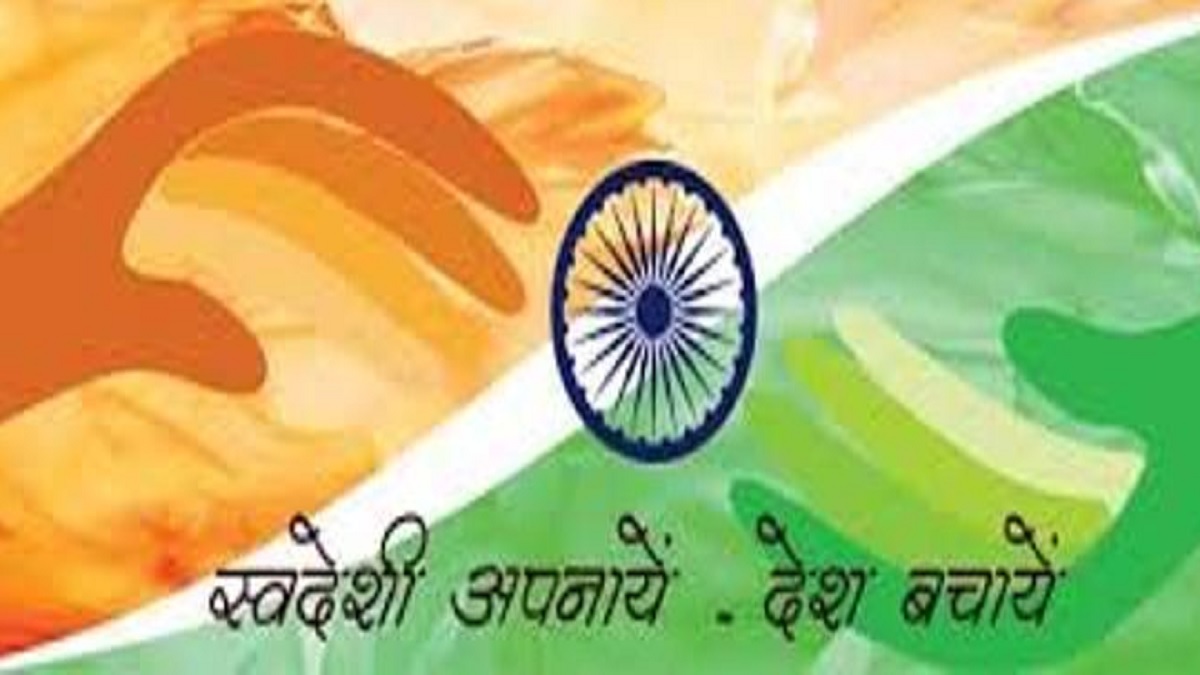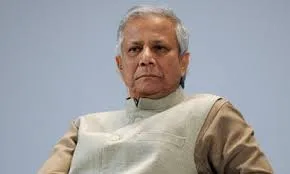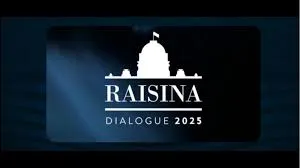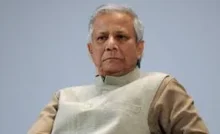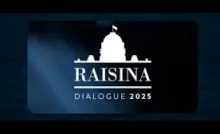We cannot take an ostrich-like approach in competing world economy. Indians should have a choice to deciding on their favourite products. A person should have a choice on deciding between a Zodiac shirt over Celio or vice-versa. The spirit of Make in India should not be lost in overzealous nationalism. Earlier this week Prime Minister Narendra Modi addressed the nation in the backdrop of Covid-19 health crisis and world economic slowdown with an announcement of Aatmanirbhar Bharat Abhiyan. This new vision has opened a fresh debate for world economist and policymakers. Aatmanirbhar Bharat Abhiyan, which shall rest on five pillars of economy, infrastructure, systems, demography and demand has been announced at a time when top priority is to save lives, ensure livelihood and ensure that the country charters the right course for economic growth in the changing world. The PM in his speech also mentioned about four ‘L’ reforms — Labour, Land, Law and Liquidity — which are a prerequisite for ensuring economic growth.
This reference indicates that India is now prepared to undertake tough and long pending reforms if we were to make Make in India a grand success. In its battle against Covid-19 almost every country is on its own. The situation looks quite grim. India faces far serious challenges than ever seen in the past. Employment rate is at 27.1 per cent, the worst ever, credit rating agencies have cut their projection. Moody projects 0.2 per cent from 2.5 per cent and Fitch has projected 2 per cent from its earlier 5.1 per cent. Rupee has taken a hit, exports are refusing to pick up and industrial activity has come to a halt. The PM’s new announcement also highlighted policy lacuna we are experiencing due to the Covid-19. His speech started with our inability of making masks and medical equipment in bulk and how we have transformed the situation and now in short span of time emerged strong and are producing lakhs of PPE per day. He is known for converting challenges into great opportunities, his shift in the policy of survival to strength gave sleepless nights to several businessmen. But they also understood need of the hour. In his speech he talked about self-reliance and “be vocal about local,” formula.
This is a natural instinctive call which comes from our experiences of global lock down fighting the pandemic. However, this was interpreted as a major and drastic economic policy shift by some people. Several eminent economists have been critical of the policy course correction saying we are going back to the regressive import substitution policy Narasimha Rao had revoked with great determination and vision. Economists like Arvind Panagariya believe that bureaucratic forces have regrouped to return India to import substitution and thus bringing back license raj. They say during preNarasimha Rao era, in the import substitution regime we were pushing the economy into producing goods in which we lacked comparative advantage. It is true that two former Prime Ministers Rajiv Gandhi and V.P. Singh understood the need to dismantle the license raj and prolonged protectionism to the economy, but neither had the political courage to do so. It was P.V. Narasimha Rao who chose to bite the bullet in spite of his party’s strong support for continuation of Nehruvian socialism. When Rao addressed the nation for the first time here’s what he said: “The economy is in a crisis. The balance of payments situation is exceedingly difficult. Inflationary pressures on the price level are considerable.
There is no time to lose. The government and the country cannot keep living beyond their means and there are no soft options left. We must tighten our belts and be prepared to make necessary sacrifice to preserve our economic independence which is an integral part of our vision for a strong nation.” With globalisation of trade, Rao decided to do away with import substitution policy. And he dared to open up the economy for unlimited opportunities. He devalued rupee twice, and on 24 July 1991, he announced industrial delicensing and decontrol. This happened on the day just before the Budget speech was even delivered by the then Finance Minister, Dr Manmohan Singh. Rao’s liberalisation reforms brought us good rewards, between 2003-04 and 2011-12, India’s GDP grew 8.2 per cent annually leading to reduction in poverty. When he gave this speech, India was reeling with acute foreign debt. The country had to mortgage 60.91 tonnes of gold in two tranches between May-July 1991. The gold worth $405 million was transported from RBI vaults in the then Bombay to the vaults of Bank of England.
It was a sentimental moment for all Indians including me as pledging gold is considered to be an insult. After PM Modi’s aatmanirbharta announcement a number of economists have been advocating liberalised trade, they have said we produce and export more of those products for which our production costs are lower than our trading partners and imported more and more of the products for which our production costs were higher. There is no wisdom in producing products at home that we can buy abroad at a lower cost using our export earnings. So, there is an apprehension we may revert back to import substitution policy, which will take us off road to an uneven and regressive path, rather than us staying on the highway of open market. More over response to any policy change takes time. Some economists believe rather than appointing a taskforce to find ways to curb imports, our strategy should be to devise strategies to expand exports and to do so on war footing. PM Modi qualified his policy decision by stating that Aatmanirbhar Bharat Abhiyan will give fillip to “Make in India.”
Aim of the latter is to make Indian manufactured goods globally competitive by harnessing demographic dividends. Here economists agree with the government mission, Make in India is making for the world and not just for India. Also, the fact that foreign brands provide employment to millions of Indian youths employed in every nook and corner outlets of our malls, and manufacturing should not be ignored. Going by our present experiences being vocal about local is a great idea. Chinese prefer their home-made goods but that doesn’t mean they do not import foreign made goods. They buy local goods as they get value for money. So, the road to Aatmanirbharta (self-reliance) will definitely be full of challenges. India will have to produce far better-quality products to compete with foreign made goods. This is not to say we don’t have the capability but we need the determination PM Modi mentioned in his speech. The logic behind our following export-oriented policy all these three decades was to encourage Foreign Direct Investment, creation of jobs and increase in global value chains. We have been to some extent successful on the first three counts but we need to majorly improve on our participation in Global Value Chains, which countries like Vietnam and China score over us.
However, in spite of following export oriented policy for decades, inadequacy to deliver in these testing times has undoubtedly triggered the need for an economic course correction. There is a realisation that India must have a strategic production capability even in the areas where it does not have compatible strategic advantage, for example PPEs and medical equipment such as ventilators. According to an estimate Bihar has a total of 250 ventilators for 9 crore people, a population size one and a half times bigger than Italy. Free market has not resulted in health infrastructure. On one side we have a profitable prospect of following export-oriented policy, which has provided millions of jobs, especially in the service sector, on the other a realisation that India is a vulnerable country, which requires domestic production capability to deal with difficult situations like Covid-19 health crisis. These realities should be eye opening. Ebola, Saars, Nipah, Mers, Bird flu were the harbingers but we did not learn from them earlier. Our population is poor and vulnerable; we need certain production and supply lines even if it does mean to lose comparative advantage of production.
So the dilemma before the policy makers is either to embark upon a protectionist policy in trade, which leads to inefficiency, only taking pride in Indian manufactured goods so that they become popular in foreign lands and make a market for itself or to continue with the export oriented policy we have been following for decades. We have to be practical as we are not living in Gandhi’s Swadeshi era when foreign goods boycott and reliance of indigenous goods was a sentiment aroused for a special purpose against British. We are living in a global village where there is a plethora of choices. Today even in the remotest of villages people have access to packaged Italian pasta and noodles, people living in those places use world class smart phones. After India is exposed itself to global economy there is no reason that Indians should not have a choice of deciding their favourite products. In today’s free market a person should be allowed to choose between a Zodiac shirt over Celio or vice-versa. Hindustanis are today accustomed to using foreign brands and enjoy them. Therefore Aatmanirbhar Bharat should not be confused with total Swadeshi and boycott of foreign goods in our overzealous nationalism. We cannot take an ostrichlike approach in ruthless and competing world economy.
Aatmanirbhar Bharat requires we create ecosystem where Indian made products are of high quality and based on local customer feedback. India needs to invest in innovation, customer feedback mechanism, better production and supply lines. Taimur Beg, chief economist in DBS bank, also cautions there is no need to over react. It is only an expectation that there will be a great deal of home buyers for indigenous products and they will turn inwards. The world is interconnected, corona virus has shown there are no boundaries and the countries world-wide should continue to communicate and share their technologies. Economic solutions will also depend on the viral research and vaccines, what if it doesn’t show for a year or two. The answer to economic distress also lies in the solution of public health services. Therefore India needs to ensure it does not over react but Covid-19 experience has taught us, just like it has taught to even most developed countries including the US, that one dimensional policy has its perils. While we need to wait and watch for some time, we must simultaneously start planning long-term and shortterm strategy so that we do not miss the bus. Trade wars between the US and China has resulted in relocation of manufacturing due to higher US tariff.
However, China has positioned itself higher up in the value chains with downstream processes and is itself keen to move towards less labour-intensive industries. Vietnam does not have the capacity to fully replace China. More over Vietnam has a high trade deficit with US and sooner or later, Vietnam may also be subjected to high tariffs by US. Thus, opportunities of manufacturing will definitely be created and India with abundant supply of abundant supply of labour and natural resources need to take up this opportunity. So, designing a policy towards this will require both short- and long-term planning. For short-term policy decisions may be taken to compete with Vietnam and other emerging economies of the world, while for long run, a proper plan may be designed to replace China as a manufacturing hub. So, we need not return to the 1950s but should device a new policy which is mix of import substitution with export orientation.


